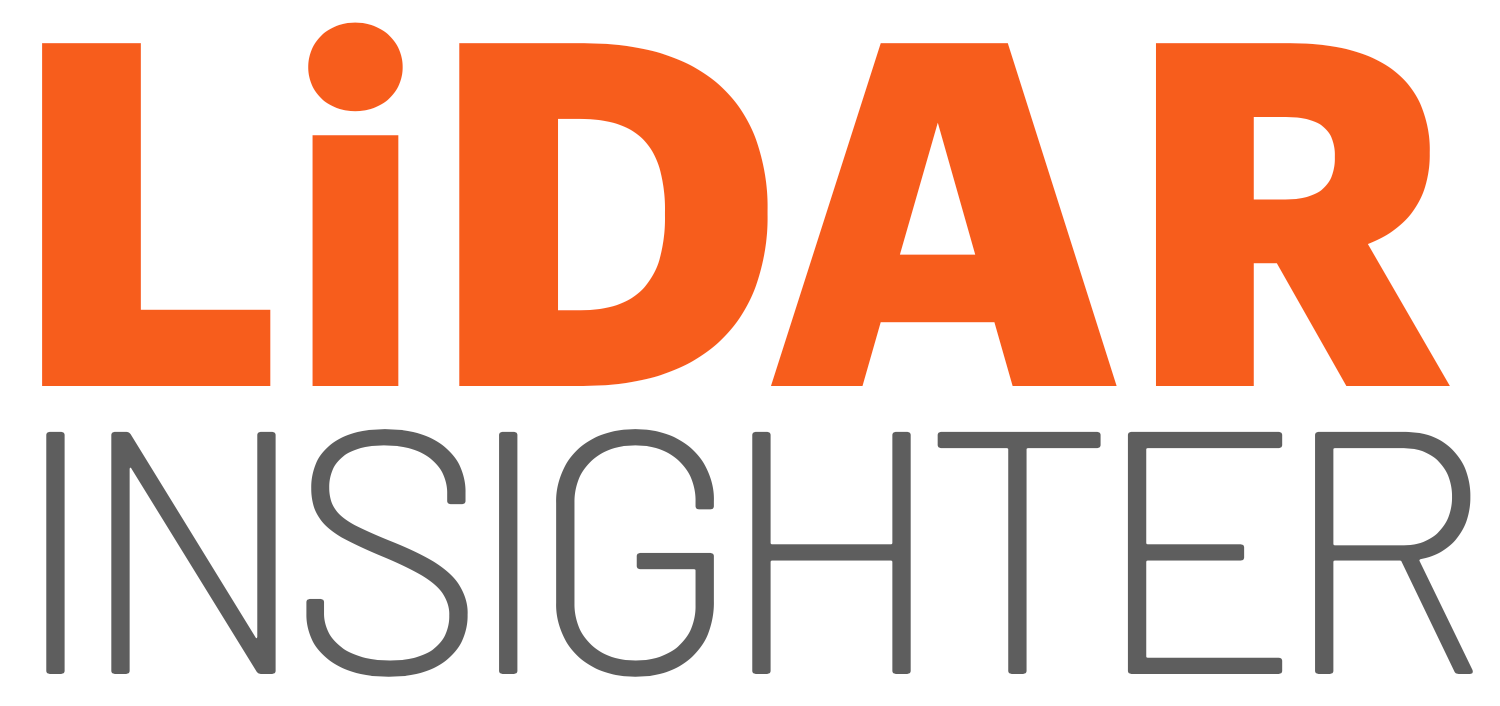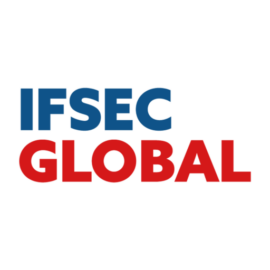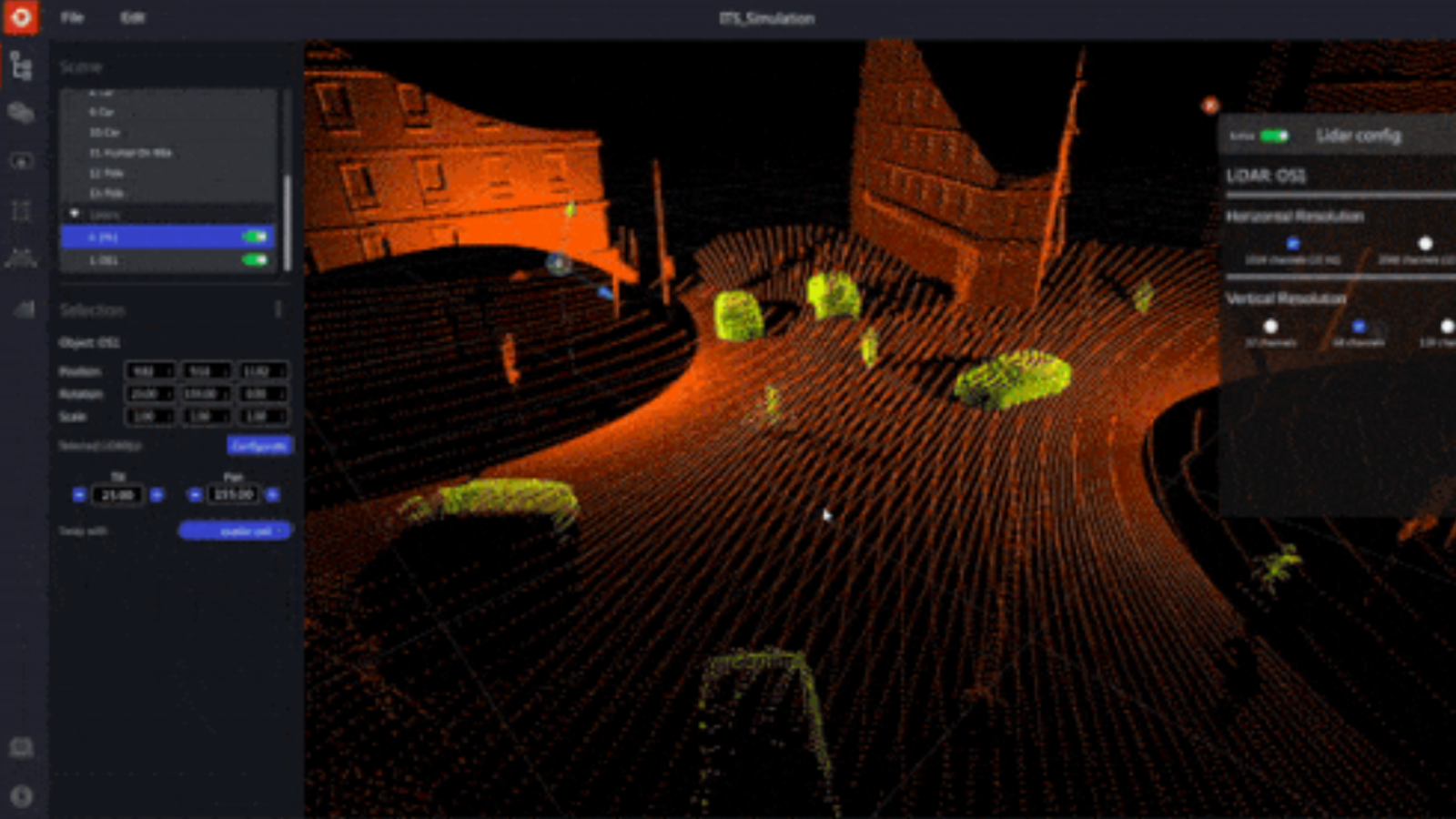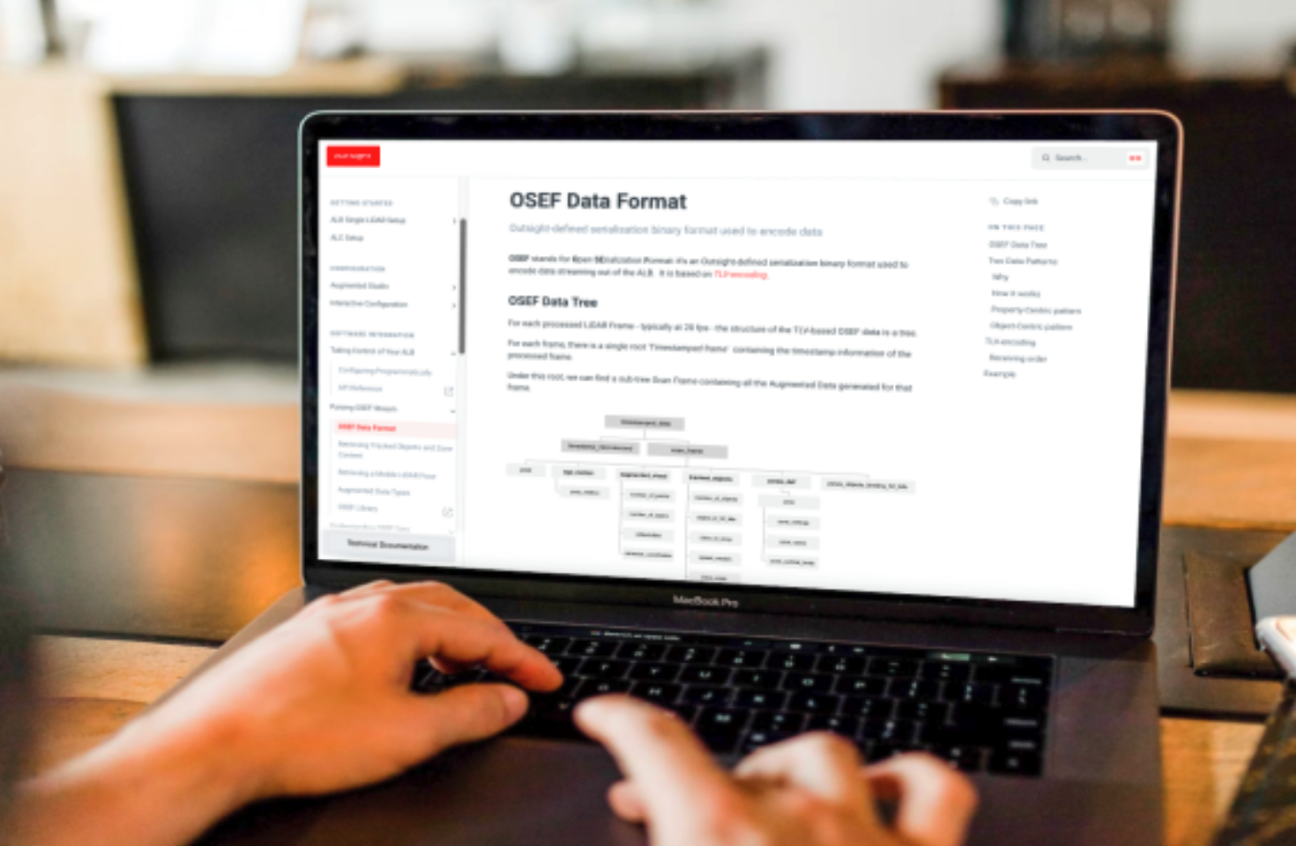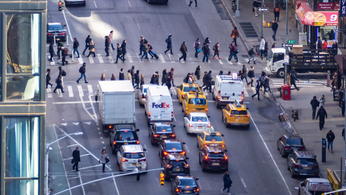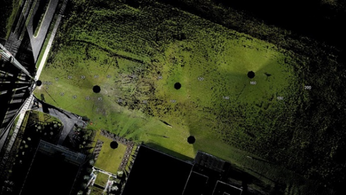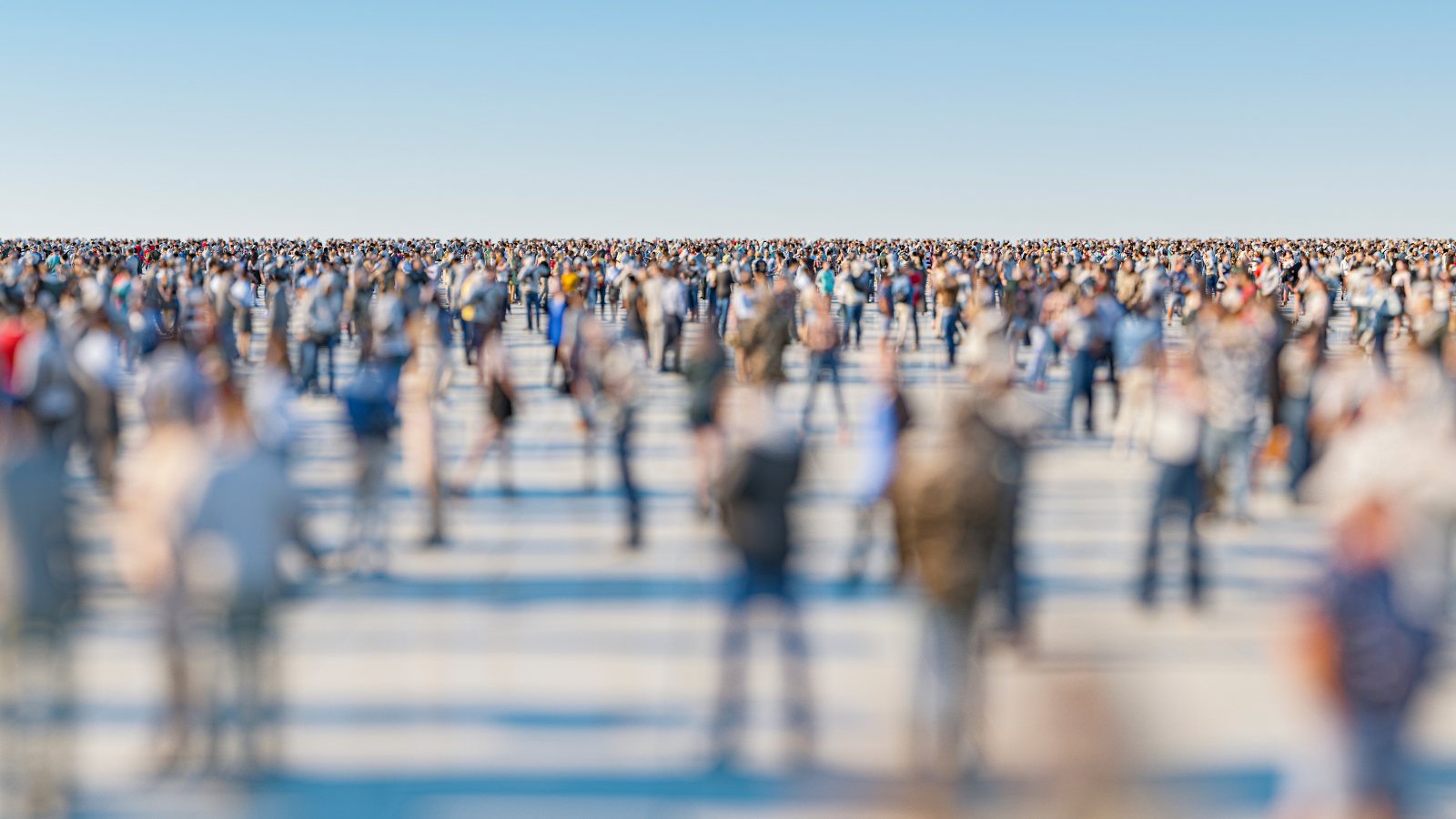
Applications that rely on camera-based analytics are challenged by laser detection
The next significant development in situational awareness might be the use of light detection and range to find and track people and things
LIDAR, or light detection and ranging, is a technique that works similarly to radar but instead measures the location, size, shape, and dimensions of people and things by using laser light as opposed to radio waves.
LIDAR is an active system that sends light pulses to pinpoint objects to an accuracy of about 2 cm, measures the time it takes for the reflected light to return to the receiver, and sends back a variety of data.
The technology is frequently used to create 3-D models and high resolution maps, as well as to aid steer autonomous cars.
A video management system may use the information provided by Outsight's software to decode the raw data from LIDAR sensors and provide applications for security and monitoring.
Paris Charles de Gaulle Airport is one of its reference locations.
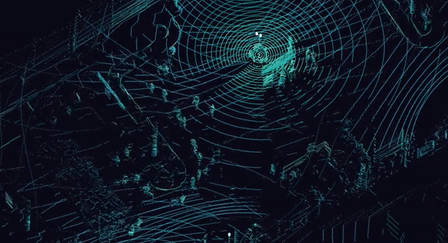
"It’s not easy to track thousands of people in real time using just cameras, though that’s what we are doing with the LIDAR sensors at Charles de Gaulle.", says Outsight’s CEO, Raul Bravo.
"The sensors are capturing data about where things are, which makes it much easier to combine data from multiple sensors. But there are many things you can’t do with LIDAR, so cameras have their place."
A substitute for cameras?
According to Bravo, his approach is not intended to directly compete with camera-based video analytics, but rather to offer an option when accurate and in-depth data about people and things is needed.
"Similar to radar, our technology enables the positioning and definition of people and objects. In security applications it can help minimise false positives, and it is less susceptible to weather, poor light and partial obscuration – such as from trees and bushes."
"You can’t really do that with cameras alone, as they can’t tell the difference between an object that is big and far away, and one that is small and close."
The system also has the benefit—or drawback, depending on your perspective—of not collecting sensitive data like facial characteristics.
It does go some way toward resolving privacy issues, such those that have recently been raised in respect to the Olympic Games in Paris in 2024, even though this means it cannot be utilized with face recognition technology.
"Outsight’s biggest market is in people flow monitoring, followed by intelligent transportation (tracking vehicles on streets, highways and car parks as part of a smart city) and then security – a market which the company is now seriously looking at."
Bravo says that LIDAR sensors come in different types and have different characteristics.
"There is no standard for this technology, so we are creating standardised open protocols from the variety of proprietary protocols out there. Some LIDAR sensors, for example, are ideal for outdoor, harsh environments. That’s why people like us facilitate the integration of the most suitable sensor or combination of sensors, depending on the specific characteristics of a site, rather like you would choose a selection of different cameras depending on the features of a site."
Although their cost has decreased over the past year or so, LIDAR sensors can still be two or three times as expensive as security cameras, according to Bravo.
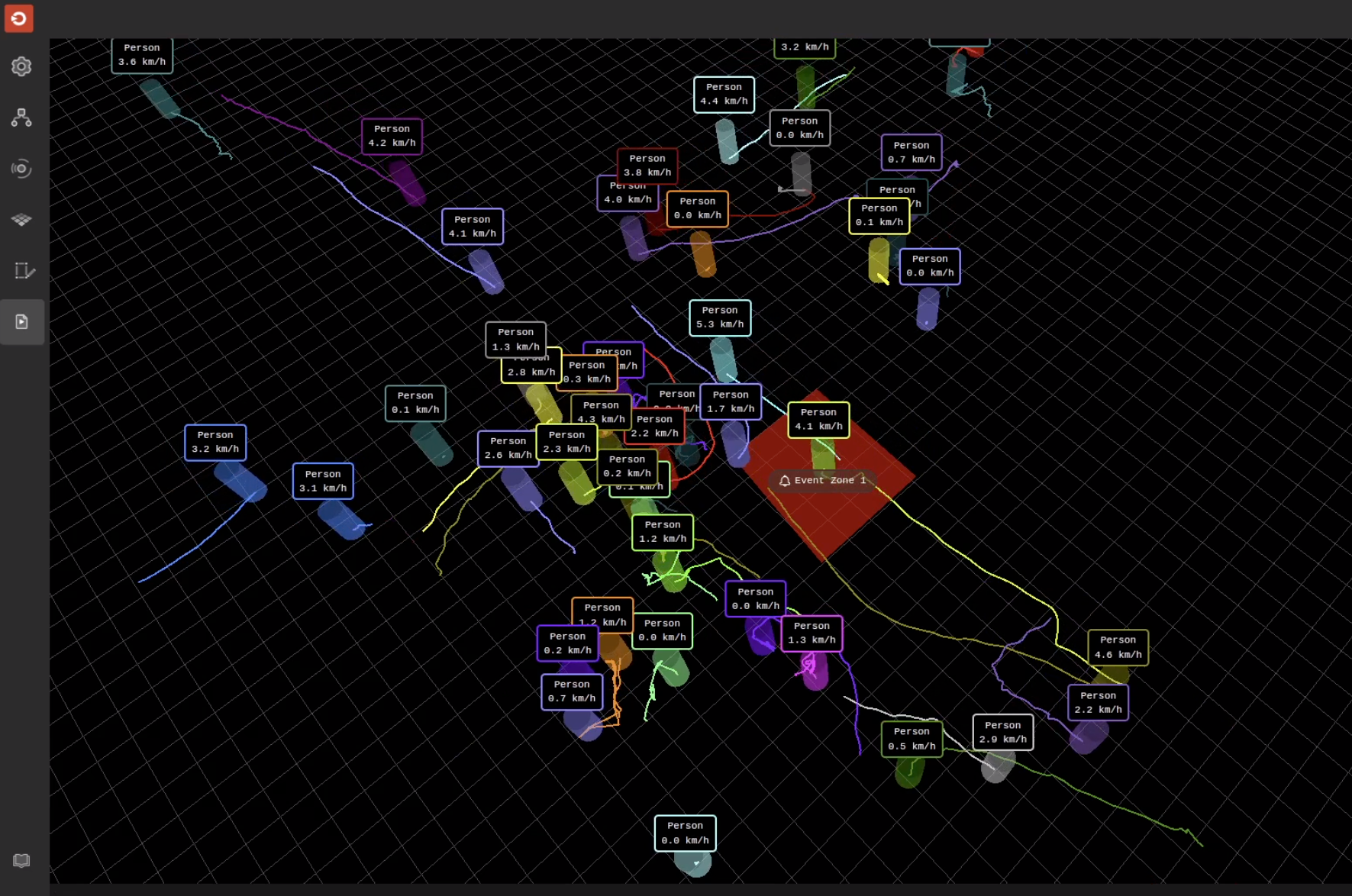
Smart cities
People flow monitoring is Outsight's largest market, followed by intelligent transportation (tracking cars on streets, roads, and parking lots as part of a smart city), and finally security, a market that the business is now taking seriously.
Moreover, it is focusing on other industries including trade exhibitions and retail as well as sporting arenas like those during the Olympics in Paris.
The company's software is placed in safety monitoring systems at traffic crossings in Bellevue, Washington State, as well as in several project concerning parking lots, in addition to systems at Charles de Gaulle Airport.
According to Bravo, the LIDAR market is currently increasing quickly despite first being viewed as being excessively pricey in comparison to cameras.
“I think the time has come for the take up of LIDAR systems for people monitoring, transportation and security applications,” says Bravo. “The types of potential application are only really limited by your imagination.”
Read the complete article from IFSEC Global:
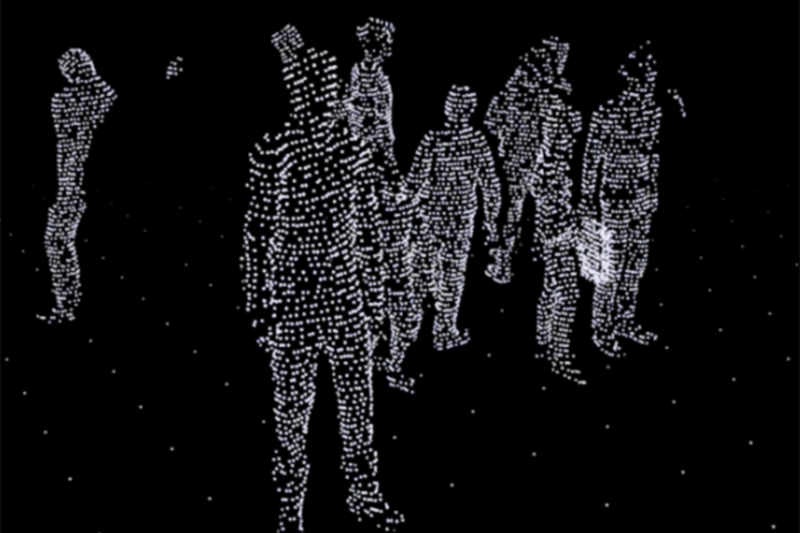
LiDAR INSIGHTER Newsletter
Join the newsletter to receive the latest updates in your inbox.
